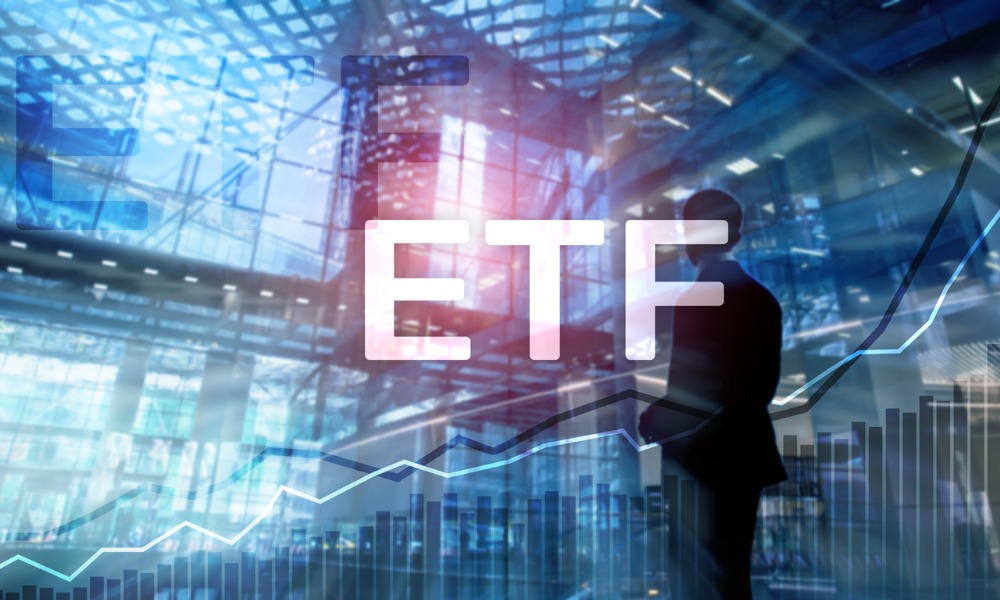Advisor concerns and fund ranking tool present challenges to already-pressured new entrants

The ETF industry has exploded past US$6 trillion in assets, with the U.S. space accounting for a reported US$4.3 trillion. That suggests a burgeoning opportunity for asset managers — except for the ones who’ve been late in joining the rush.
“A rising number of fund closures has deterred financial advisers from backing new entrants, reinforcing a cycle that has allowed bigger funds managed by established players to keep growing,” reported the Wall Street Journal.
The ETF industry has arguably evolved into an unforgiving arena, as shown by data from investment-research firm CFRA. Out of 1,662 ETFs that the firm tracked over a five-year period through August 2019, 24% shut down and another 30% saw their assets decline. The fastest-growing ETFs, noted the Journal, were broad, low-cost products managed by BlackRock, Vanguard, and State Street, which reportedly hold 81% of all ETF assets between them.
“[T]he raft of closures has sent a chill through the money-management community,” the Journal said, noting a hesitation among financial advisors to recommend small funds in particular. “Recommendations that don’t pan out are awkward to explain to clients, who might also face an unexpected tax hit when a fund closes and returns their money.”
Scott Sacknoff, founder of the recently closed SerenityShares Impact ETF, has felt the impact firsthand. The fund, said to be an early entrant in the responsible-investing ETF space, reportedly bested the broader stock market in three out of five years that were covered in a backtest.
At its peak, it held some US$6 million in assets and charged a 0.5% fee, taking in money from small wealth-management firms and other individual investors. But two years after its 2017 launch, the fund remain unprofitable despite Sacknoff’s efforts to pitch it, forcing its shutdown in March 2019.
“Everyone who looked at our materials and methodology loved it, saying we were solving a problem,” he told the Journal. “But financial advisers said, ‘We can’t invest in you.’ At the end of the day it came down to our market cap.”
Aside from AUM, brands appear to be used as a determinant of a fund’s viability. Out of the 1,662 ETFs CFRA tracked in its study, just 20 accounted for 44% of the industry’s asset growth over the five-year study period; 18 were low-cost funds managed by BlackRock and Vanguard. A tendency by financial advisors to use brands as a proxy for quality, as reported by Cerulli Associates, is likely contributing to the trend.
The challenging situation for new entrants may be exacerbated by data providers, which score individual funds based on their risk of closure. One example is FactSet’s ETF Closure Risk Tool, available on ETF.com’s fund database, which determines the probability of fund closing based on factors such as a firm’s history of shuttering funds, fund flows, and assets.
“We chose to flag closure risk aggressively, in keeping with a duty to warn, because we believe investors dislike surprises,” said FactSet Director of ETF Research Elisabeth Kashner. “Asset managers aren’t always super happy with that decision. They feel there’s an undeserved shadow hanging over their fund.”
Prior to its closure, Sacknoff’s ETf was flagged as one with a high closure risk, due in part to its low asset level. “You need to have deep pockets to keep these funds going,” he said.



